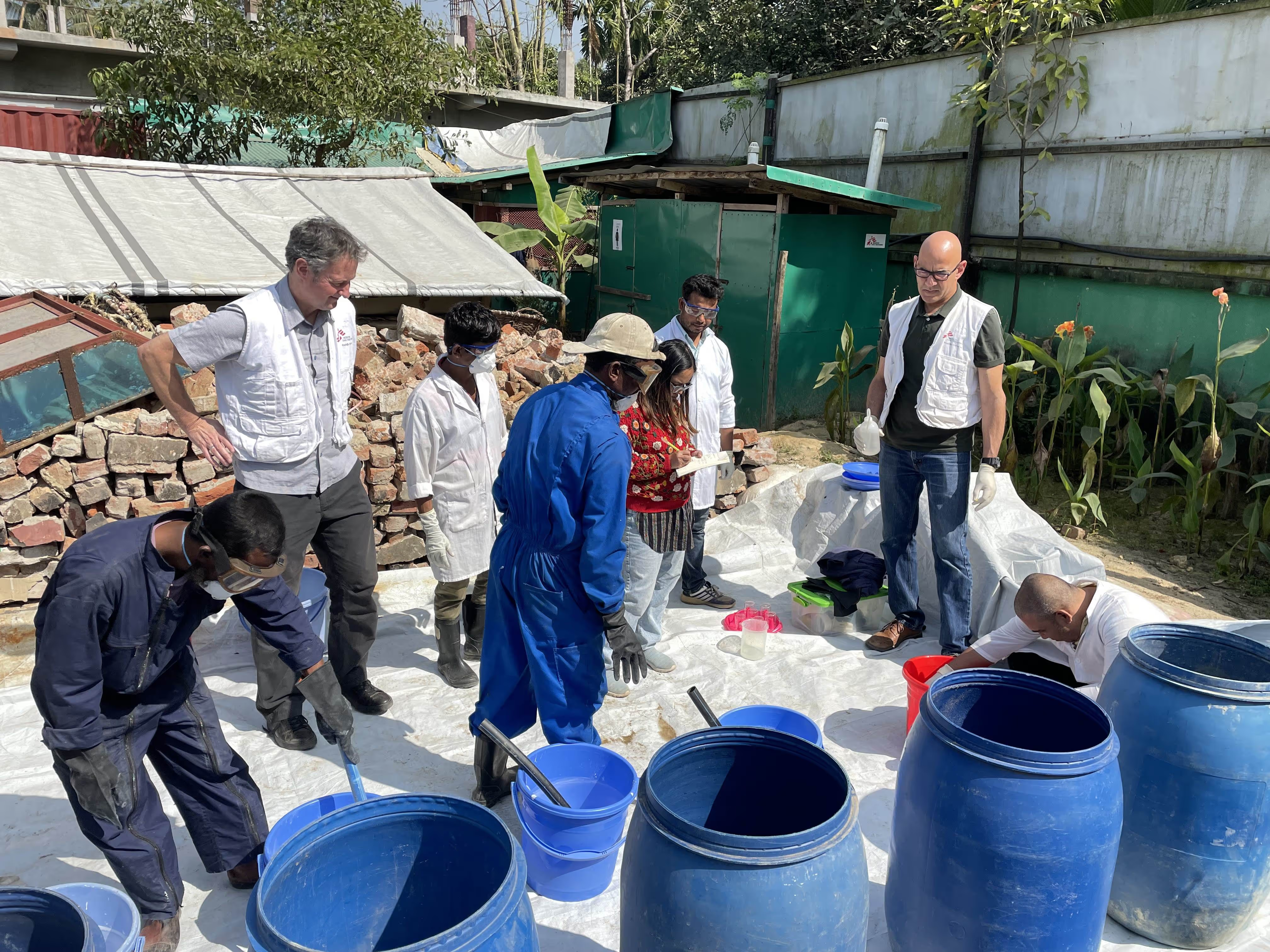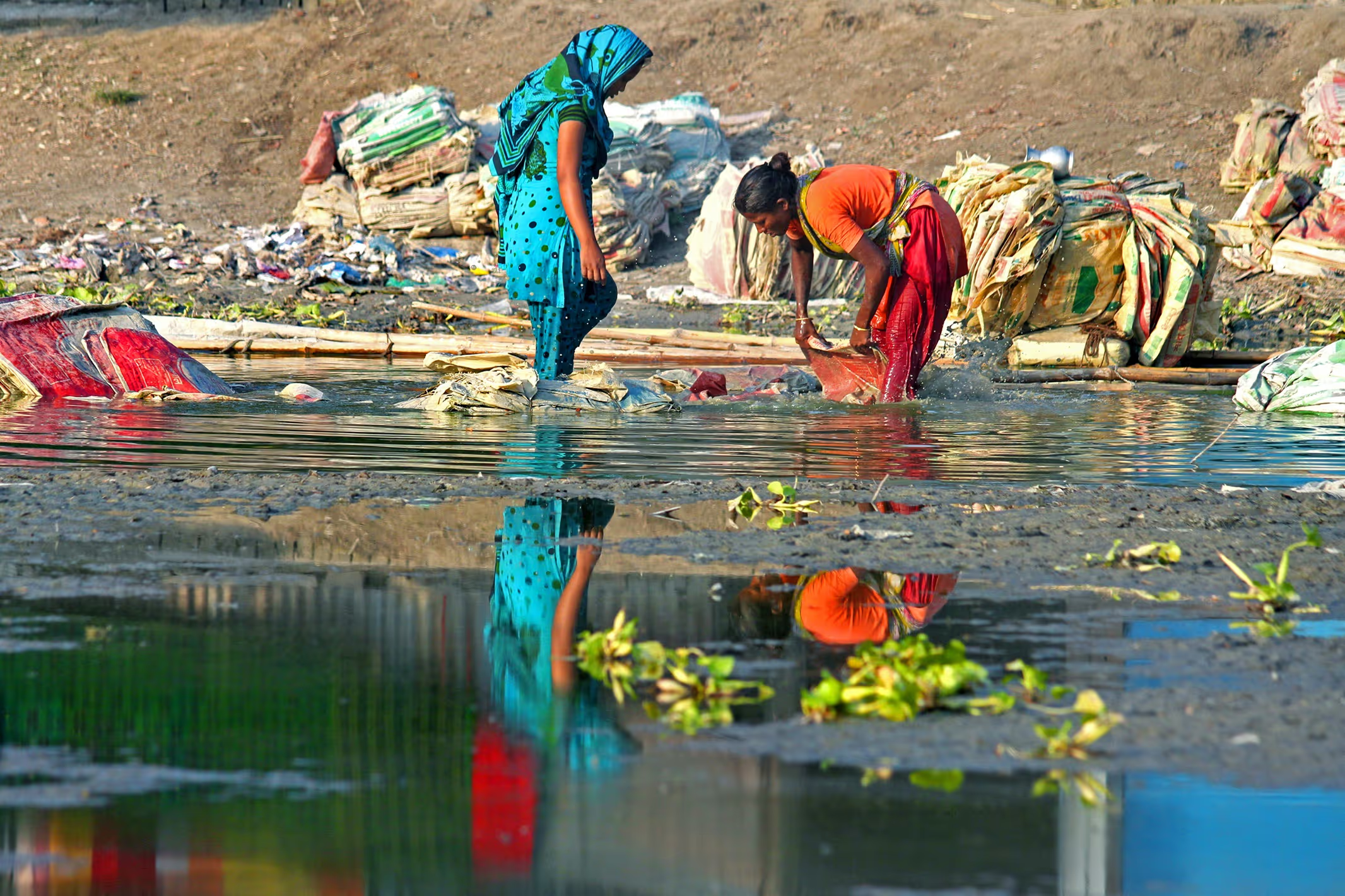A Tale of Two Outcome Scales

Over the last several decades, the humanitarian community have made vast improvements in learning how to measure and use data to inform programming. However, much of the resulting measurement data has focused on outputs, which are, simply, a summary count. They are indicators that count the number of people served by a specific intervention, or the products, goods, services, and immediate results produced directly by the project. Yet for many service providers, outputs on their own weren’t enough to really understand if a project was achieving its high-level goals. Outputs couldn’t answer the big questions, like what is the impact of GBV response programming on survivors?
Outcomes, on the other hand, capture more abstract information. These indicators measure the short-term and medium-term effects of a program’s outputs, including the changes/progress that contribute to the program’s overall goal or higher-level outcome.[1] This type of measurement is much more in line with understanding if a project has achieved its intended goals.
Knowing this, five years ago, the International Rescue Committee (IRC) set out to develop two outcome measures for GBV programming: one to look at psychosocial wellbeing, and another to look at felt stigma. Both areas are essential to understanding the success of the services provided and have a significant impact on survivors’ lives
With funding from the Elrha’s Humanitarian Innovation Fund, IRC created the Gender-Based Violence Case Management Outcomes Scales. Including the:
- Psychosocial Functionality Scale, a 10-item questionnaire that measures women and older adolescent girls’ ability to carry out important tasks in their daily lives.
- Felt Stigma Scale, a 10-item questionnaire that measures women and older adolescent girls’ perceived and internalized experiences of stigma.
After creating these scales, we realised that in order to extend their use by other organisations, to change the way the impacts of this work are measured, we needed to find a way to scale up their use. So, the baton was passed to IRC’s Information Management and Technology team who plugged the outcome scales into Primero/GBVIMS+[2] to “scale up the scales”. The intent was to put them in a system that would be easily adopted by the broader GBV community. In concert with adding them into the system, guidance was written on how to use them, videos were created and commissioned for training, but still, something else was needed. Users needed to see the impact of this data, the impact of GBV case management on survivors’ feelings of stigma and psychosocial wellbeing.
For that, a simple chart wouldn’t do. So, the services of a data visualization artist were enlisted.[3] She produced a data visualization that takes data beyond the typical chart and tells a visually compelling story meant to evoke emotion from the audience. This served two purposes. It provided a way to visually comprehend the actionable data that can be produced from the scales in GBVIMS+ and shows the audience what is possible when using the GBV Case Management Outcome Scales.
The resulting data art, using real data from IRC’s program in Jordan, showed that GBV response programming has a positive effect on survivors’ feelings of wellbeing and in reducing feelings of stigma following violence.
You can find the results here: https://gbvresponders.org/irc-gbv/
[1] https://gbvresponders.org/wp-content/uploads/2021/08/GBVIMS-Companion-Guide_26July2021.pdf
[2] GBVIMS+ is the GBV module of the Protection Related Information Management System
[3] https://shirleywu.studio/
Stay updated
Sign up for our newsletter to receive regular updates on resources, news, and insights like this. Don’t miss out on important information that can help you stay informed and engaged.
Related articles



Explore Elrha
Learn more about our mission, the organisations we support, and the resources we provide to drive research and innovation in humanitarian response.